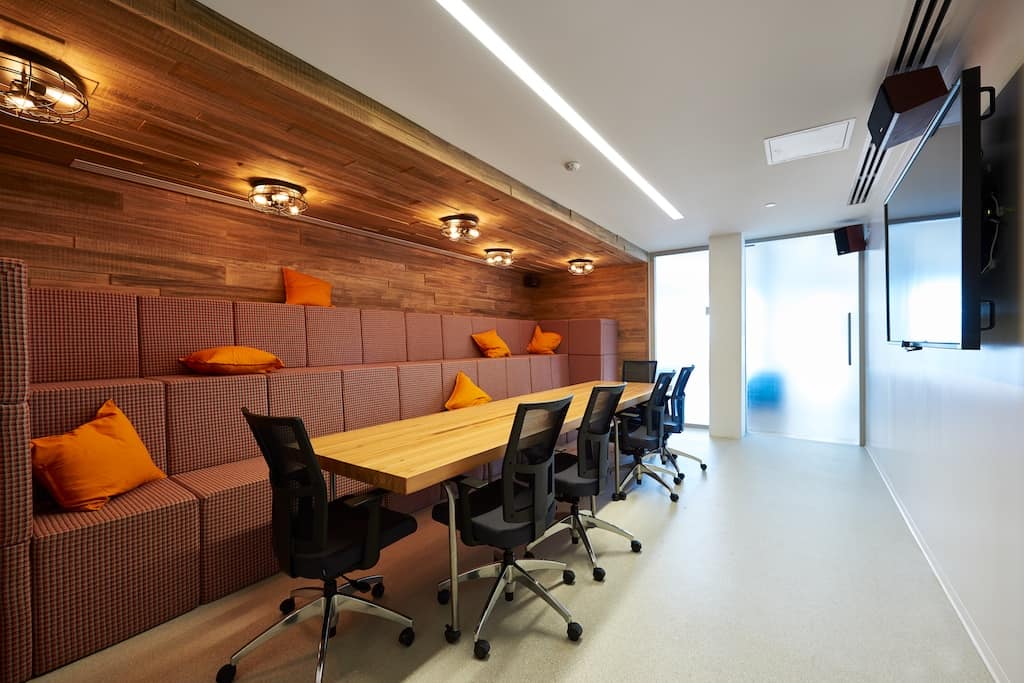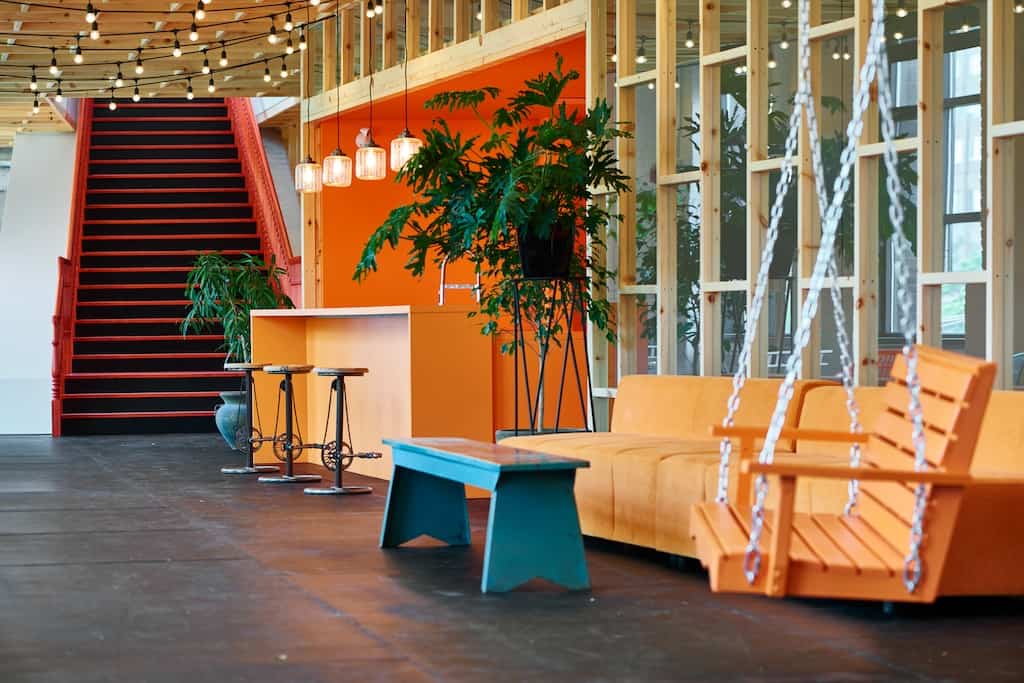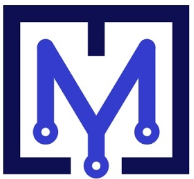Space Utilization Case Study at Ubisoft Montreal


Ubisoft Montréal’s Workplace Utilization Case Study with MySeat
It’s no coincidence that Ubisoft Montréal has been recognized among Forbes’ top employers in Canada – this video game publisher invests heavily in the comfort and well-being of its teams. A visit to their main building on Saint-Laurent Boulevard in Montreal quickly shows how much they care. The workspace, spread over 250,000 square feet and 5 floors, features more than 30 different layout types, each more creative than the last myseat.io. Ubisoft’s workplace strategy is rooted in a simple principle: exceptional work environments for exceptional employees.
Given the variety of spaces and the emphasis on creative design, Ubisoft wanted to ensure these resources were being used to their full potential. They partnered with MySeat to conduct an in-depth office space utilization study in the main buildingmyseat.io. The goal was to gather anonymous data on how different areas were used day-to-day, so that the next phase of workspace development could be planned based on hard evidence.


Study Scope: What Was Monitored?
The utilization study focused on shared spaces – the areas most critical to collaboration and daily operations. Specifically, Ubisoft and MySeat targeted:
Meeting Rooms – both dedicated meeting rooms and those shared between teams. These ranged from small 4-person huddle rooms to larger conference spaces accommodating 10+ people.
Soft Seating & Lounge Areas – casual spaces with couches or informal seating where people can relax or have impromptu discussions myseat.io.
Content Production Zones – such as the video editing suites and a recording studio myseat.io. These specialized rooms support the content creation teams.
Recreational Areas – including cafeterias and game lounges myseat.io where employees unwind and socialize.
By working with such diverse layouts, MySeat demonstrated that its tool can adapt to many scenarios myseat.io. From classic meeting rooms to unconventional creative spaces, the sensors were deployed across the spectrum of environments.
Adapting Technology to Each Space
One key to the study’s success was choosing the right type of sensor for each space. MySeat uses finely tuned accelerometer sensors that can be mounted to furniture to detect interactions (e.g., when a chair is sat on or a desk is used) myseat.io. These were ideal for standard setups like chairs in meeting rooms or seats in lounges – each sensor quantifies how often and how long a given piece of furniture is used, with all data remaining completely anonymous.
However, not every space had typical furniture. One rather quirky room in the Ubisoft office used foam cubes instead of chairs for seating . Traditional vibration sensors wouldn’t register someone sitting on a foam cube. To monitor this area, the team selected an AmbiSense light sensor to record occupancy myseat.io. Rather than sensing movement or weight, this sensor measures ambient light changes to determine if the room is in use (for example, lights often turn on when a room is occupied, or the sensor can detect the shadow changes of people moving).
Additionally, the same room was equipped with AmbiSense temperature and humidity sensors myseat.io. Why? Ubisoft was interested in ensuring these alternative spaces were comfortable. The temperature and humidity readings helped verify that conditions stayed within commonly agreed comfort ranges recommended by organizations like the CCOHS(Canadian Centre for Occupational Health and Safety) for office environments myseat.io. In other words, MySeat’s platform wasn’t just telling Ubisoft if a room was used, but also helping explain why it might or might not be used (for instance, if a room was too warm, that might discourage employees from staying there – but in this case the data confirmed conditions were optimal).


Data Highlights and Insights
After an exhaustive review of the collected utilization data, the MySeat team, in collaboration with Ubisoft’s workplace strategists, drew several important conclusions. The analysis answered the original questions posed by the client and unearthed new insights about how space design impacted usage. Here are a few highlights:
Small vs. Large Meeting Rooms: The data revealed that small meeting rooms (4 seats) were used less frequently than larger rooms (6 to 12 seats). This was a crucial finding – despite assumptions that smaller huddle rooms would be in high demand (for quick chats or one-on-ones), the larger rooms actually saw more consistent use. One interpretation is that teams preferred the flexibility of bigger rooms (even for smaller meetings, extra space wasn’t a drawback), or that scheduling didn’t always allow the smallest rooms to be available when needed. This insight suggested that future floor plans might allocate fewer small rooms and more medium-sized ones.
Average Meeting Size: By analyzing occupancy patterns, MySeat determined the average number of users per meeting room when occupied. Over the study period, a large room (designed for, say, 12 people) averaged about 560 hours of usage. Impressively, during 70% of those hours, the room was occupied at over half its maximum capacity. In practical terms, that means most meetings in the big rooms had 6 or more people – a strong utilization rate. This helped Ubisoft understand that their larger rooms were not going to waste; they were frequently filled to a reasonable capacity.
Overflow Situations: The data also showed that for meetings with 9 or more participants, teams often had to bring in extra chairs (so-called “podium seats”) to accommodate everyone. This indicated occasional overflow beyond the room’s intended capacity. It underscored the importance of having a few extra-flexible spaces or easily expandable rooms for peak usage times. It also validated that those larger gatherings were happening and that the furniture setup needed to adapt (e.g., ensuring extra chairs were available nearby).
These insights were only visible thanks to the detailed sensor data. Traditional observation might have missed these patterns or not captured their frequency. With MySeat’s analysis, Ubisoft could quantitatively back up decisions like adding more mid-sized meeting rooms or ensuring each floor had at least one space that could expand for a big group.
Collaboration and Change Management
Implementing new technology in an organization – even one as forward-thinking as Ubisoft – is no easy task. But the study underscored that success relies not just on the tech, but on the people behind it. Ubisoft praised the commitment and support of the MySeat team throughout the project. MySeat’s experts took time to understand Ubisoft’s unique culture and workplace dynamics, which allowed them to proactively adjust the rollout and data collection process for maximum effectiveness. They maintained open communication, ensuring that employees were comfortable with the sensors and understood that data was being collected anonymously and for collective benefit.
“The MySeat team quickly understood our culture, our environment, and the reality of a company like Ubisoft. Thanks to this ability, they were able to proactively monitor the implementation of the various phases of data collection, and deliver both reports and relevant interpretations of the indicators,” explained Isabelle Dery, Project Manager at Ubisoft Montreal.
This testimonial highlights that beyond the numbers and charts, a workplace study is truly successful when the client trusts the data and feels confident in taking action. By involving key stakeholders like Isabelle throughout the process, MySeat ensured that the insights gained translated into knowledge that Ubisoft could use in planning their next steps.
Outcome: Data-Driven Decisions for the Next Phase
Armed with the findings from the occupancy study, Ubisoft’s real estate and facility management team could move forward with data-driven confidence. The study pinpointed which aspects of their current layout worked well (e.g., diverse space types providing value) and which aspects could be improved (e.g., rebalancing room sizes, addressing any underused zones). These insights fed directly into the planning of Ubisoft Montreal’s next phase of workspace development. By quantifying how resources were used, Ubisoft can better justify investments in certain areas and tweak designs to better match employee behavior.
In summary, the Ubisoft case study proves the need for better occupancy data in modern workplace planning. Even world-class, thoughtfully designed offices have room for improvement – and the only reliable way to find out where, when, and how to improve is through accurate utilization data. MySeat’s tools adapted to Ubisoft’s unique environment (even the quirky foam cube room!) and delivered insights that would have been impossible to get otherwise.
For other organizations, Ubisoft’s experience is a shining example: workplace analytics isn’t just for fixing problems; it’s also about confirming successes and making a great workplace even better. With precise, real-time data fueling smart decisions, companies can truly create exceptional environments for their exceptional employees.
